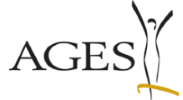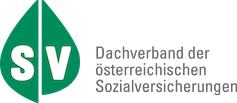When can raw food be given?
Introduction of solid food.
From the start of complementary feeding, raw food can be given as long as it has the right consistency. It should be done slowly when switching from liquid food (breast milk or pre-nutrition) to complementary food. Finely pureed foods are suitable as the first solid food so that the child can slowly get used to the new consistency. To be able to puree foods with a firm texture (e.g. carrots, fennel), they must first be cooked. Other foods such as apples or bananas can also be finely chopped raw. With every new food, you should make sure that your child can tolerate it.
When can my child start eating cereal products containing gluten (pasta, bread)?
Some cereals contain gluten. These cereals are
- Wheat
- Rye
- Barley
- Oats
- Spelt
- Green spelt
- Khorasan wheat (Kamut®)
Gluten can trigger a disease called ‘coeliac disease’ in some people. To avoid this disease, babies should only eat small amounts of cereal products from the age of 5 months. Examples of such products are pasta or bread. From the 5th month onwards, gluten should be introduced slowly. In the beginning, they should not have more than 7 g per day.
To introduce gluten into your diet, you can, for example, choose one of the following options per day:
- Half a slice of sugar-free rusk
- A piece of bread (10 g)
- 1 tablespoon of flakes
- 1 heaped teaspoon of semolina
- 1 tablespoon of cooked pasta.
If the child can tolerate cereals with gluten, the amount can be gradually increased. There is no quantity limit for gluten-free cereals such as millet, buckwheat, rice and maize. These varieties are suitable as an alternative for preparing porridge during the period of gluten introduction and beyond.
If your child has diarrhoea, abdominal pain, growth disturbances, pale skin or foul-smelling stools after eating cereals containing gluten, you should speak to a specialist doctor. Your child may have an intolerance.



